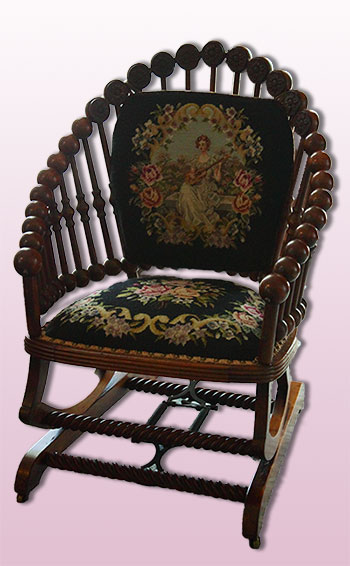 If you collect antique furniture, or have inherited some from a family member, but don’t have a place for it in your home, it is especially important to take care when considering where and how to store it. Antique furniture represents an investment, with not only cash value but sentimental value if it has been passed down from a family member. A climate controlled storage unit that protects from extremes of heat and cold, such as the ones offered at our new state-of-the-art storage center in Glendale, Arizona, is without a doubt one of your best options for long-term storage. But before you start loading up the truck, let’s look at the full check list for storing your antique furniture:
If you collect antique furniture, or have inherited some from a family member, but don’t have a place for it in your home, it is especially important to take care when considering where and how to store it. Antique furniture represents an investment, with not only cash value but sentimental value if it has been passed down from a family member. A climate controlled storage unit that protects from extremes of heat and cold, such as the ones offered at our new state-of-the-art storage center in Glendale, Arizona, is without a doubt one of your best options for long-term storage. But before you start loading up the truck, let’s look at the full check list for storing your antique furniture:
- Preparation
- Accessibility
- Temperature control
- Security
- Insurance
Preparation
It is always a good idea to clean and wax wood furniture before storage. Metal items should be wiped down with oil, and leather items should be treated with a leather conditioner, and upholstered items should be cleaned to remove anything pests might be attracted to. Large pieces should be disassembled as much as possible, with all screws and accessories kept together with the piece in a plastic bag.
Make full use of all available blankets, sheets or other wrapping materials to cover and protect your pieces. Use bubble wrap on the legs. Store mirrors and paintings in an upright position, and never stack antique furniture.
Accessibility
Because transporting your furniture presents an opportunity for damage, look for a ground level storage unit, preferably a drive-up unit.
Temperature Control
As mentioned, temperature control will help protect antique furniture. Wood is very susceptible to extremes of temperature, which can cause drying and cracking. Maintaining a temperature between 50 degrees and 80 degrees will extend the life of your treasures.
Security
The security offered at storage facilities is usually better than that for your home, and should include fencing, lighting and security cameras, as well as on-site managers in many cases.
Insurance
Inventory and photograph your pieces as you prepare them for storage. Include an estimate of value. If it is worth storing, it is worth insuring. Look into inexpensive Protection Plans at your storage facility.